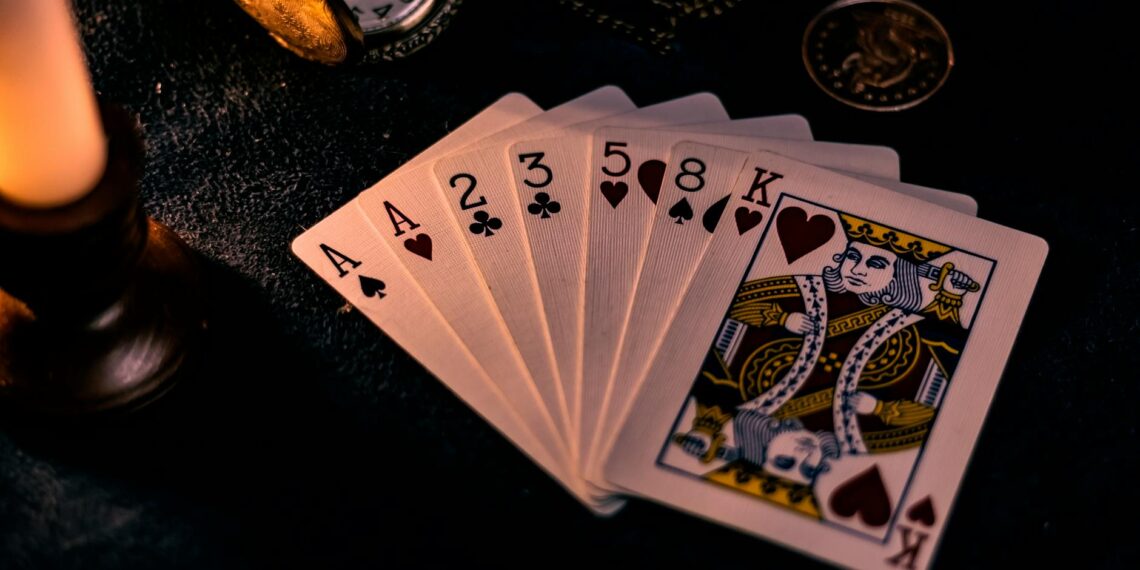Damage to coins can occur during the minting process (mint errors) or after they leave the mint (post-mint damage).
Here’s a breakdown of common types of coin damage:
These errors occur during the coin production process and can sometimes increase a coin’s value due to their rarity.
- Planchet Errors: Issues with the blank metal disks (planchets) before or during striking.
– Blank Planchet: A blank that wasn’t struck with a design.
– Clipped Planchet: A curved portion of the planchet is missing due to a misalignment during cutting.
– Improper Planchet Thickness: The planchet is thinner or thicker than it should be.
– Lamination Flaw: A coin’s surface peels, cracks, or splits due to impurities in the metal.
– Split Planchet: A weakness in the blank causes the coin to split or flake.
– Wrong Planchet: A planchet intended for one coin is struck with the dies of another coin.
- Die Errors: Problems with the dies used to strike the coin’s design.
– Doubled Die: A misalignment during the die’s creation results in a doubled or blurred image on the coin.
– Die Cracks/Breaks: Cracks or breaks in the die are transferred as raised lines or areas on the coin.
– Die Clash: The dies strike each other without a planchet in between, leaving parts of one die’s design on the other die, which then transfers to subsequent coins.
– Misaligned Die: The obverse and reverse dies are not perfectly aligned during striking, leading to a tilted or rotated design.
– Overdate/Overmintmark: An old die is re-punched with a new date or mintmark, leaving remnants of the old design visible.
- Strike Errors: Issues that occur during the actual striking of the coin.
– Broadstrike: The coin is struck without being held properly by the collar, causing it to expand and flatten.
– Off-Center Strike: The coin is not centered correctly when struck, resulting in a design that is partially off the coin.
– Multiple Strike: The planchet is struck more than once, leading to overlapping or layered designs.
– Brockage: A previously struck coin gets stuck to a die, and the next planchet is struck against it, leaving a mirror image of the stuck coin.
– Die Cap: A brockage error that remains in place and becomes progressively more misshapen by continued striking.
– Struck on Wrong Planchet: A planchet intended for one denomination is struck with dies for another.
This type of damage happens after the coin leaves the mint and usually reduces a coin’s value.
- Bag Marks: Scratches, dings, and scrapes resulting from coins rubbing against each other in bags.
- Wear and Tear: General deterioration of the coin’s surface and details from being handled and circulated.
- Corrosion: Tarnishing or rust caused by exposure to moisture and oxygen.
- Bending or Warping: The coin’s shape is altered due to physical stress or extreme temperatures.
- Cleaning: Harsh chemicals or abrasive cleaning can damage a coin’s surface and luster.
- Intentional Damage: Holes being drilled, carvings being made, plating, etc., which are done after the minting process is complete.
- Scuffing: Abrasion to the coin’s surface from friction.
It’s important to be able to differentiate between mint errors and post-mint damage, as this can significantly impact a coin’s value to collectors. If you’re unsure, it’s best to consult with a professional coin dealer or numismatic expert for an accurate assessment.











What are the different types of error in coins?
Labels used to identify specific categories of errors may describe the cause of the error ( die crack, rotated die, clipped planchet ), the appearance of the coin (wavy steps, trails, missing element) or other factors (mule, cud, brockage).
How to tell if a coin is an error or damaged?
Check for doubling, misalignment, or missing details. Edges: Inspect the edges of the coin. Mint errors may have irregularities or inconsistencies, while post-mint damage usually appears more uniform. Striking Errors: Look for coins with features like a double image or parts of the design that are missing.
What is a messed up coin called?
Technically known as “ mint errors ” or “error coins,” these are coins with manufacturing flaws or actual mistakes such as a wrong date for a particular design. Manufacturing mistakes can result from worn, defective, or misaligned dies.
What does DDO and DDR mean on a coin?
Collectors classify doubled dies as DDO ( doubled die obverse coins ), DDR (doubled die reverse) and OMM (over mint mark).